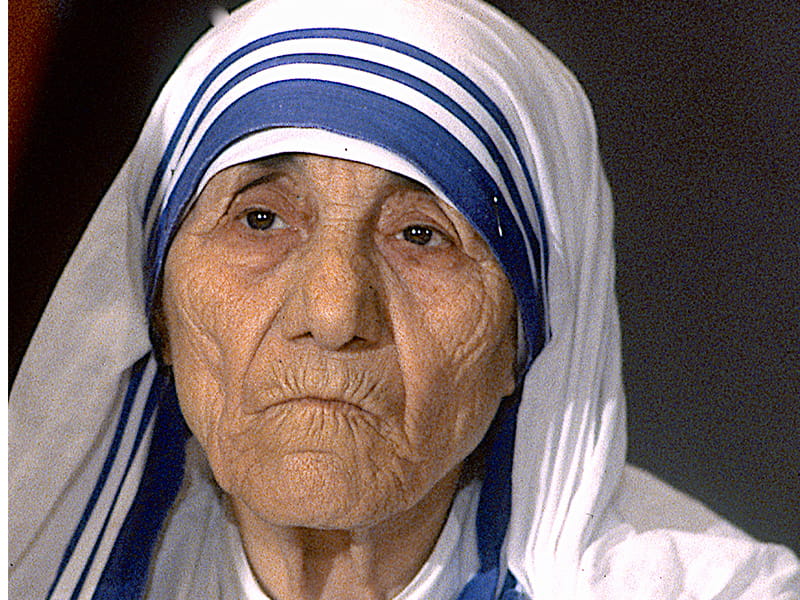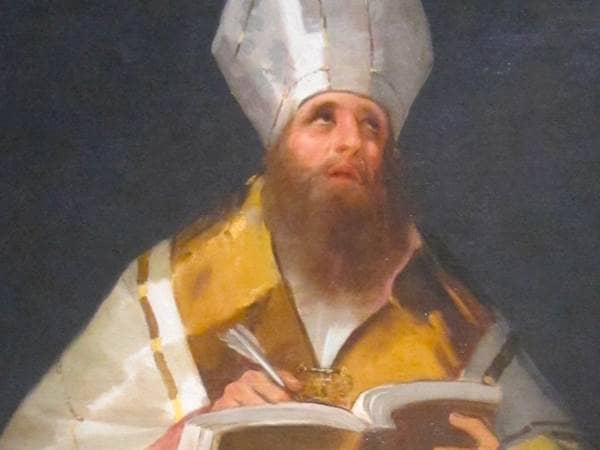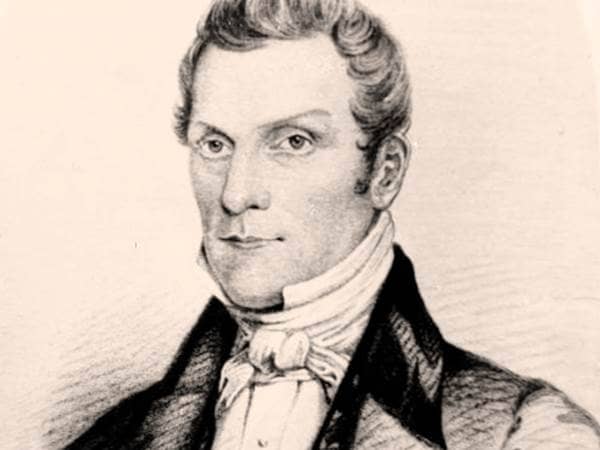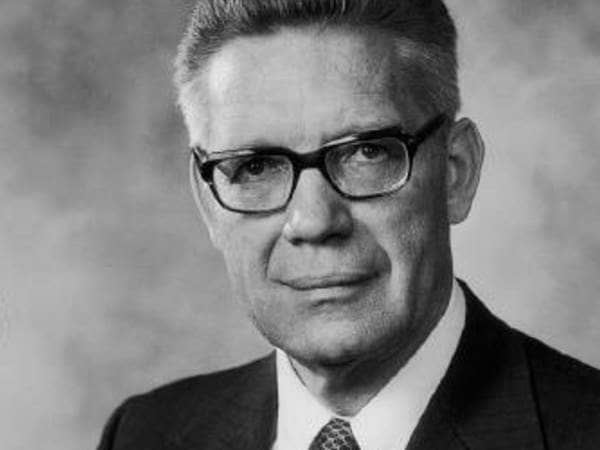
- Profession: Nun
- Lived: August 26, 1910 - September 5, 1997 (Modern Era)
- Nationality: Albanian (born in what is now Macedonia)
- Known for: Founder of the Missionaries of Charity
- Fun Fact: When she became a nun, Teresa wanted to take the name Thérèse after Thérèse of Lisieux, but that name was already used by another nun in the same convent, so sTeresa used the alternate spelling.
No Christian figure of the twentieth century evokes such conflicting views as Mother Teresa. Elevated quickly to sainthood in the Roman Catholic Church, she is viewed by some others as a charlatan. Her help for the poor in Calcutta is praised by most, and by others denounced as cruel.
Born of Albanian parents in what is now Macedonia, Anjezë Gonxhe was fascinated as a child by stories of missionaries, especially the those to the Bengal region. It’s said she was committed from age 12 to becoming a nun. Anjezë joined the Irish Sisters of Loredo at 18 and took the name Teresa, learning English and locating in Calcutta in the Bengal region of India. She taught at and managed a school there operated by the Sisters of Loredo for the next twenty years.
Teresa felt she had to be more directly involved in helping the very poor in the region and in 1948 she became an Indian citizen, received medical training and set out to begin a new mission. She focused on the most marginal populations, setting up hospices for the very poor, clinics for those with leprosy and AIDS, and orphanages. Eventually, her new mission was recognized by the Church as a separate order centered in Calcutta took the name Missionaries of Charity, with a new habit based on the sari. The order grew in the 50s and 60s to several thousand members.
Things changed with a 1969 Malcolm Muggeridge documentary that visited Mother Teresa in Calcutta, drastically increasing global awareness of her work. She wrote to world leaders and influencers and travelled extensively, cultivating global support for her order’s charity work, and making speeches about devout living, the struggles of the poor and opposition to abortion. Mother Teresa became for many synonymous with selfless charity focused on the most needy, and she received the Nobel Peace Prize (oddly) in 1979 and the Presidential Medal of Freedom in 1985.
Critics have said Teresa’s religious perspective contributed to a “cult of suffering” resulting in the avoidance of treatments and care that might have alleviated suffering, and an elevation of poverty leading to conditions at her clinics that were unnecessarily backwards and unhygienic.
A decade after her death and against her stated wishes, Teresa’s private communications were released, and the world was stunned to discover she had struggled with lacking any sense of God’s presence through her entire life of mission work, which has been interpreted in many ways. Mother Teresa was recognized in the Roman Catholic Church as a saint in 2016.
Born of Albanian parents in what is now Macedonia, Anjezë Gonxhe was fascinated as a child by stories of missionaries, especially the those to the Bengal region. It’s said she was committed from age 12 to becoming a nun. Anjezë joined the Irish Sisters of Loredo at 18 and took the name Teresa, learning English and locating in Calcutta in the Bengal region of India. She taught at and managed a school there operated by the Sisters of Loredo for the next twenty years.
Teresa felt she had to be more directly involved in helping the very poor in the region and in 1948 she became an Indian citizen, received medical training and set out to begin a new mission. She focused on the most marginal populations, setting up hospices for the very poor, clinics for those with leprosy and AIDS, and orphanages. Eventually, her new mission was recognized by the Church as a separate order centered in Calcutta took the name Missionaries of Charity, with a new habit based on the sari. The order grew in the 50s and 60s to several thousand members.
Things changed with a 1969 Malcolm Muggeridge documentary that visited Mother Teresa in Calcutta, drastically increasing global awareness of her work. She wrote to world leaders and influencers and travelled extensively, cultivating global support for her order’s charity work, and making speeches about devout living, the struggles of the poor and opposition to abortion. Mother Teresa became for many synonymous with selfless charity focused on the most needy, and she received the Nobel Peace Prize (oddly) in 1979 and the Presidential Medal of Freedom in 1985.
Critics have said Teresa’s religious perspective contributed to a “cult of suffering” resulting in the avoidance of treatments and care that might have alleviated suffering, and an elevation of poverty leading to conditions at her clinics that were unnecessarily backwards and unhygienic.
A decade after her death and against her stated wishes, Teresa’s private communications were released, and the world was stunned to discover she had struggled with lacking any sense of God’s presence through her entire life of mission work, which has been interpreted in many ways. Mother Teresa was recognized in the Roman Catholic Church as a saint in 2016.
Back to Search Results






